Football
It’s Time for Spencer Sanders to Make The Leap into Year Two as QB1
A look at how No. 3 compares to No. 11, one of the best to ever do it as a Cowboy.
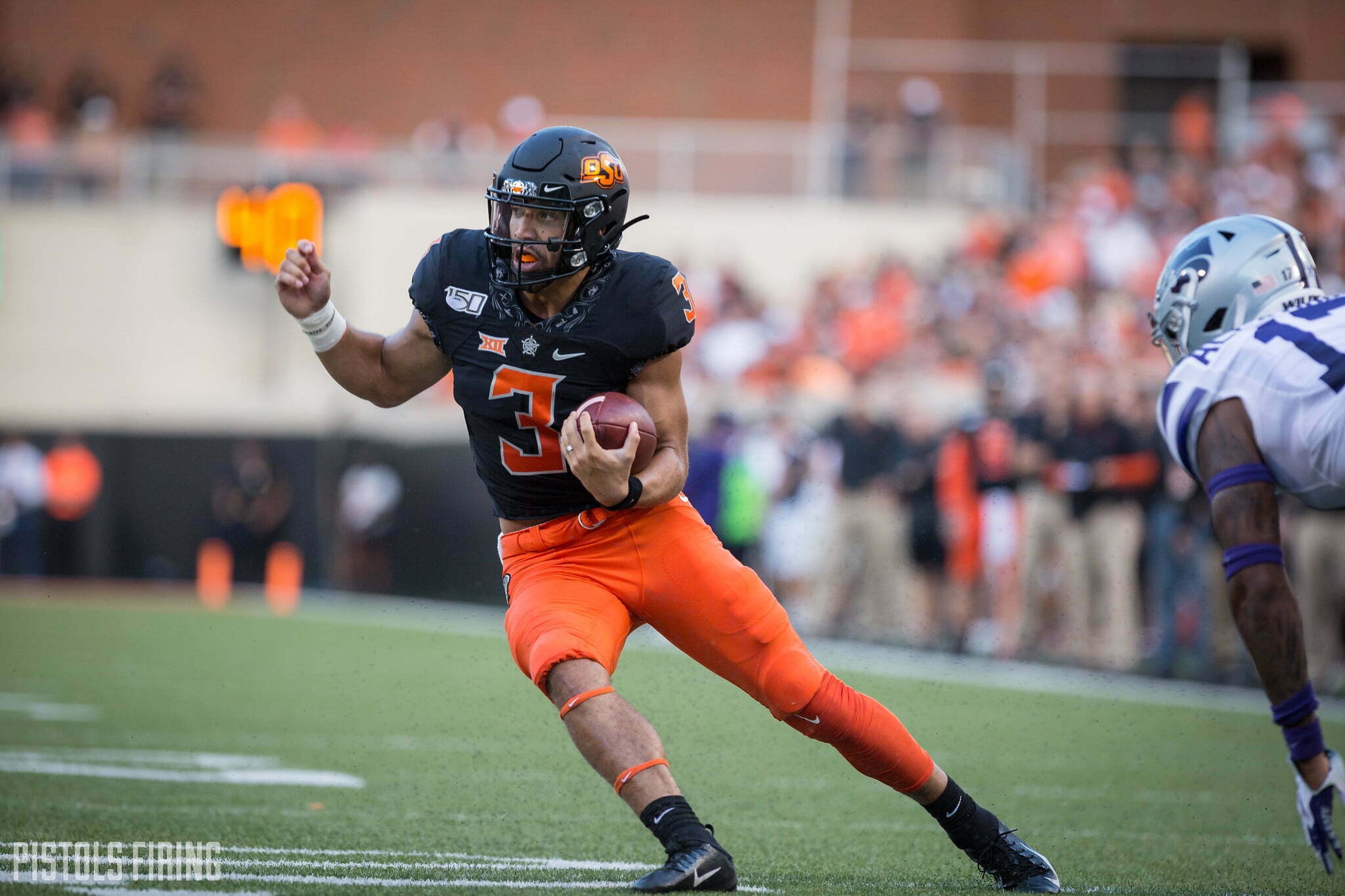
One of the primary talking points for OSU this fall as the 2020 season draws nearer is around the development of Spencer Sanders. QB1 has an invaluable 11-game year of experience under his belt as he heads into what will likely be his greatest jump in maturation and growth as a quarterback.
There were flashes last season — there always have been with him — of what a legitimate dual-threat QB (a Zac Robinson 2.0 if you will) could look like in a 2020 OSU offense. The numbers and decision-making need to get better, though, and based on everything we know about Sanders, OSU and the sport of college football itself, they will.
“He’s doing good,” said Mike Gundy on Monday. “He’s a year older and a little stronger and making some plays and making some adjustments based on coach [Kasey] Dunn and what we’re doing on offense. He should continue to improve each day.”
What does adequate improvement look like for him overall? I think we can look to the jump Zac made from his first full year as the starter to his second full year as the starter. The jump wasn’t as big as I thought it might be — at least statistically — although Zac did become more efficient as his career wore on. Here are those number differences between Year 1 Zac and Year 2 Zac.
Completion percentage: 60 percent ▶️ 65 percent
Passing yards: 2,824 on 333 throws ▶️ 3,064 on 314 throws
Total TD: 32 ▶️ 33
Total INT: 9 ▶️ 10
QB rating: 149 ▶️ 167
Yards per carry: 6.1 ▶️ 3.8
The interesting number there is the yards per carry. Zac had nearly the same number of 50-yard rushing games in Big 12 play in both years, but he had three 100-yard games in Big 12 play in 2007 compared to none in 2008. OSU’s offense was more well-rounded with Dez beasting people and Brandon Pettigrew’s emergence than it was in 2007 when those two were a year younger.
Here’s a look at where Sanders is starting from with his Year 1 numbers.
Completion percentage: 63 percent ▶️ ?
Passing yards: 2,065 on 247 throws ▶️ ?
Total TD: 18 ▶️ ?
Total INT: 11 ▶️ ?
QB rating: 145 ▶️ ?
Yards per carry: 4.5 ▶️ ?
It’s not really a dissimilar year from Zac’s first year as a starter when he was a sophomore (remember, Sanders is just now a sophomore). Obviously I’m not including fumbles because we don’t have stats on that for Zac (not sure how this is possible in the 21st century), but it’s easy to envision Sanders becoming a little more (and hopefully a lot more) efficient and productive just like Zac did in his second year as the starter (2008).
“Any time a guy gets a year of experience he should improve,” said Gundy. “I think that will happen with Spencer. We have a number of guys who can make plays. We have quite a few wideouts, we have running backs. Chuba [Hubbard] was fatigued and beat up toward the end of the season last year. We’re bringing him along slowly this year and trying to get him in tip-top shape to start the season and doing the same thing with Tylan [Wallace].”
Sanders has Chuba and Tylan like Zac had Kendall and Dez. Horses. Stars. Sanders can (hopefully will) be one, too. More importantly — just like Zac — hopefully the winning trajectory is a good one, too. OSU went from 6-6 in Zac’s first year as the starter to 9-3 in a hellacious Big 12 South (OU, Texas and Tech were all ranked in the top three when OSU lost to them) in his second.
The Big 12 isn’t as nasty this year as it was that year when OU played for the national championship, and Sanders has a real chance to make a leap Zac never made: Into a Big 12 title game … and maybe even beyond that.

-
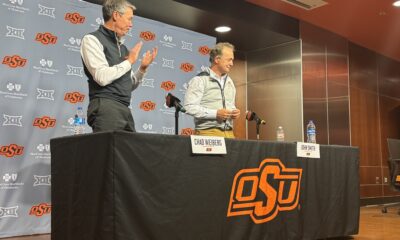
 Wrestling5 days ago
Wrestling5 days agoThe Top 5 Quotes from John Smith’s Retirement News Conference
-
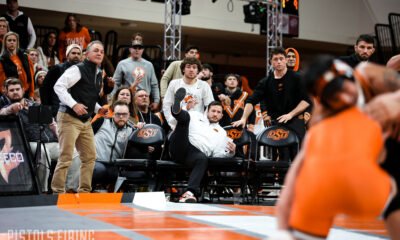
 Wrestling3 days ago
Wrestling3 days agoOSU Wrestling: How John Smith Started a Tradition of Late-Night Workouts For Cowboys Seeking World Glory
-
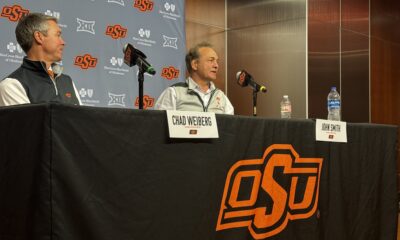
 Wrestling4 days ago
Wrestling4 days agoOSU Wrestling: The Impact John Smith Had on His Final Boss, Chad Weiberg
-
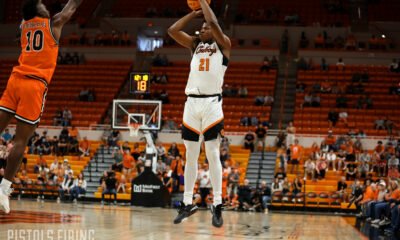
 Hoops4 days ago
Hoops4 days agoJustin McBride Enters Transfer Portal






